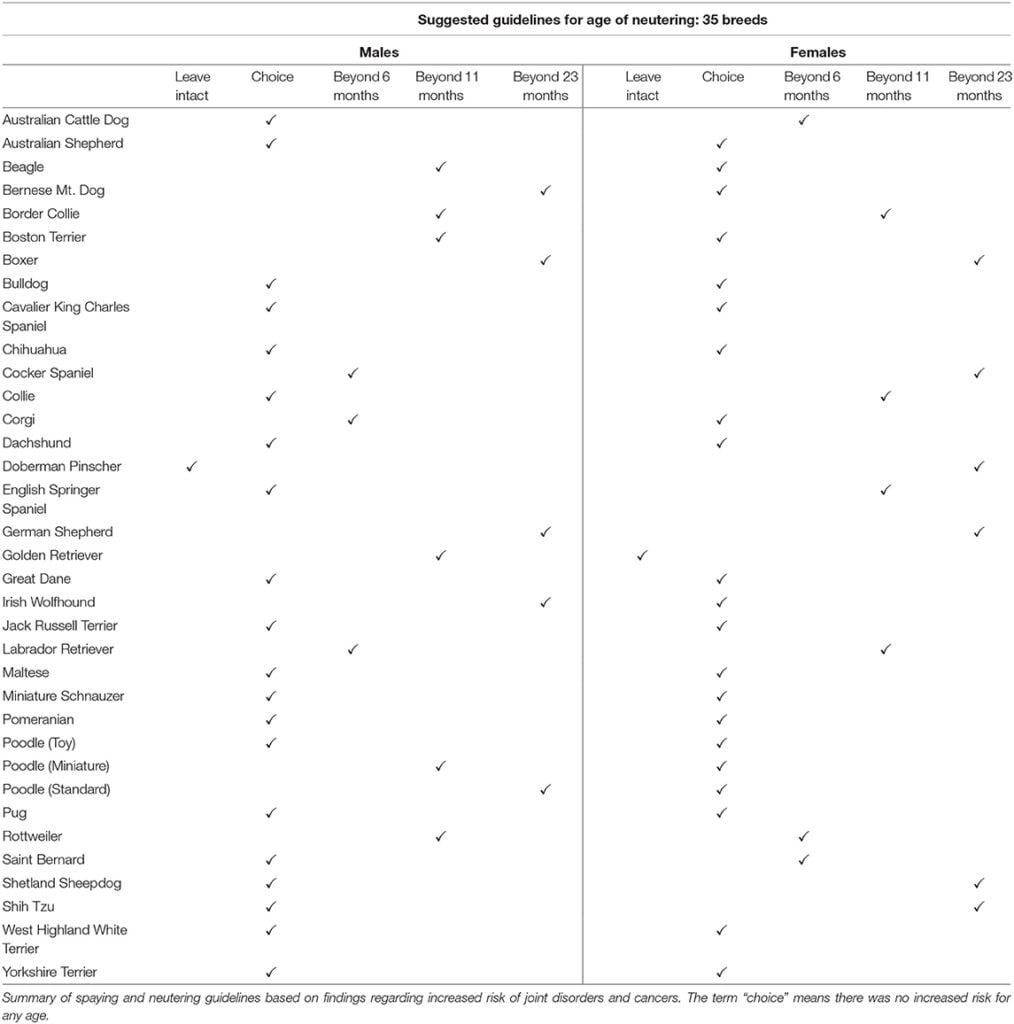Below is a helpful list of Local Spay/Neuter Clinics and their average service costs. Book your appointment 1-2 Months in Advance as spaces fill up quickly. Prices are generally determined by weight, with lower prices for smallers dogs and higher prices for larger heavier dogs. Click the Clinic Name to be Redirected to their Website.
| CLINIC | LOCATION | VACCINES | SPAY/NEUTER |
|---|---|---|---|
| Spay Today | Lakewood, CO | ($15-20) | ($140-250) |
| Guardian Angel Veterinary | Brighton, CO | ($25-30) | ($135-255) |
| Planned Pethood | Wheatridge, CO | ($15-20) | ($140-200) |
| NoCo Spay & Neuter | Berthoud, CO | ($22) | ($185-210) |
| SoCo Spay/Neuter Clinic | Pueblo, CO | ($12-15) | ($60-75) |
| Pikes Peak Humane Society | Colorado Springs, CO | ($10) | ($115-150) |
| Hamlett Spay & Neuter Clinic | Colorado Springs, CO | ($21-28) | ($100-160) |
If you know a local veterinarian clinics who has priced their sterilization procedures under $350, please submit this information to us! We would love to add them to the list. You can submit a recommendation via our Contact Form or by texting/calling us @ (303) 219-0516 Mon-Fri 9AM-6PM
Quick Tips:
- If your dog is a large or giant breed consider having a gastropexy (a procedure that helps to prevent bloat, or GDV, in certain breeds of dogs) performed during the time of their sterilization surgery operation. Dog’s which are at an increased risk of GDV are listed here. This typically adds an extra $100-150 to the bill.
- If your dog has an umbilical hernia, ask the vet to correct the hernia during your pet’s sterilization. Generally they charge no more than an extra $25-75 to perform the simple correction.
- Consider your dog’s breed or mix when deciding on the exact age to have them sterilized. Below we have included the Frontiers in Veterinary Science article from 2020, which studied 35 different breeds and the correlation between age-sterilized and cancer risk.

SPAYING:
- Most veterinarians recommend spaying a female dog before her first heat cycle. Why? This prevents the risk of UTI’s and Receding Vulva (common ailments which can affect female dogs prematurely spayed prior to having their first heat cycle.)
- Do not spay a female dog while (or 1 month after) she is going through her heat cycle as that may exacerbate excessive bleeding. Please wait 1 month after the heat cycle to schedule the spay operation.
- If your dog has per-existing medical conditions, is over the age of 7, has excessively anxious, shy, or overly stressed- consider a smaller practice clinic to sterilize your pet. Why? The spay operation is VERY invasive for female dogs (The reproductive tract, both ovaries, and the uterus are completely removed through this incision.) These affordable clinics routinely perform 20-30 sterilization surgeries per day. While they are experts on this type of procedure, due to the low-cost and volume seen at these clinics, an animal who is elderly, has medical conditions, or has excessive stress or fear may not receive the extra TLC and close attention that they would otherwise benefit from at a smaller practice. Stress induced seizures are not uncommon in overly-anxious dogs when dogs are prepped for surgery and can be deadly when they go under anesthesia.
- You can forgo traditional female spaying and uterus removal, by a procedure known as hormone-sparring. There are 3 hormone-sparring surgical options for female dogs.
Hormone Sparring for Female Dog:
- Hysterectomy removes the uterus and cervix but retains the ovaries, thereby sterilizing the dog while preserving hormones produced by the ovaries.
- Female dogs who have had a hysterectomy have natural hormones, which means that they may show behavioral signs of the heat cycle once or twice per year, and may be attractive to males.
- You might wonder why tubal ligation (which is common in humans) is not normally recommended for dogs. In this procedure, only the fallopian tubes are blocked, cut, or tied to prevent eggs from entering the uterus for fertilization. But about 25% of dogs get pyometra – a serious disease that affects the uterus and cervix and often requires emergency surgery. A hysterectomy that removes ALL the cervix and uterine tissue avoids the possibility of pyometra – a major advantage over tubal ligation.
NEUTERING:
- For male dogs, adult size is an important factor to determine when to neuter. Small and medium male dogs are generally neutered earlier—around 6-9 months of age because smaller/medium breeders mature quicker—while your veterinarian may recommend waiting until a giant or large breed puppy is 12-24 months old or more before neutering.
- You can forgo traditional male neutering and spare your male dog’s hormones completely by having a vasectomy performed instead of removal of the testicles. Vasectomy for male dogs is a simple procedure in which the tubes that carry sperm (called the vas deferens) are cut or blocked. Natural hormones produced by the testicles are maintained. Male dogs may be attracted to females in heat, mark (urinate) in unwanted areas if they have had a vasectomy. Despite common beliefs, spaying or neutering dogs at any age doesn’t help to reduce aggression toward familiar people or dogs, and is actually related to an increase in aggression to strangers.
We are advocate for Hormone Sparring Procedure Alternatives in all our Doodles bred at The Doodle CO-OP. Hormone-sparing procedures can help reduce the risk that your dog will suffer from some serious health problems. However, hysterectomy and vasectomy are appropriate only if you’re willing to manage natural dog behavior and monitor your pet’s health annually after middle age. It’s important that you and your veterinarian discuss the risks and benefits for your dog, as well as proper management, and decide on the best plan for lifelong well-being.

